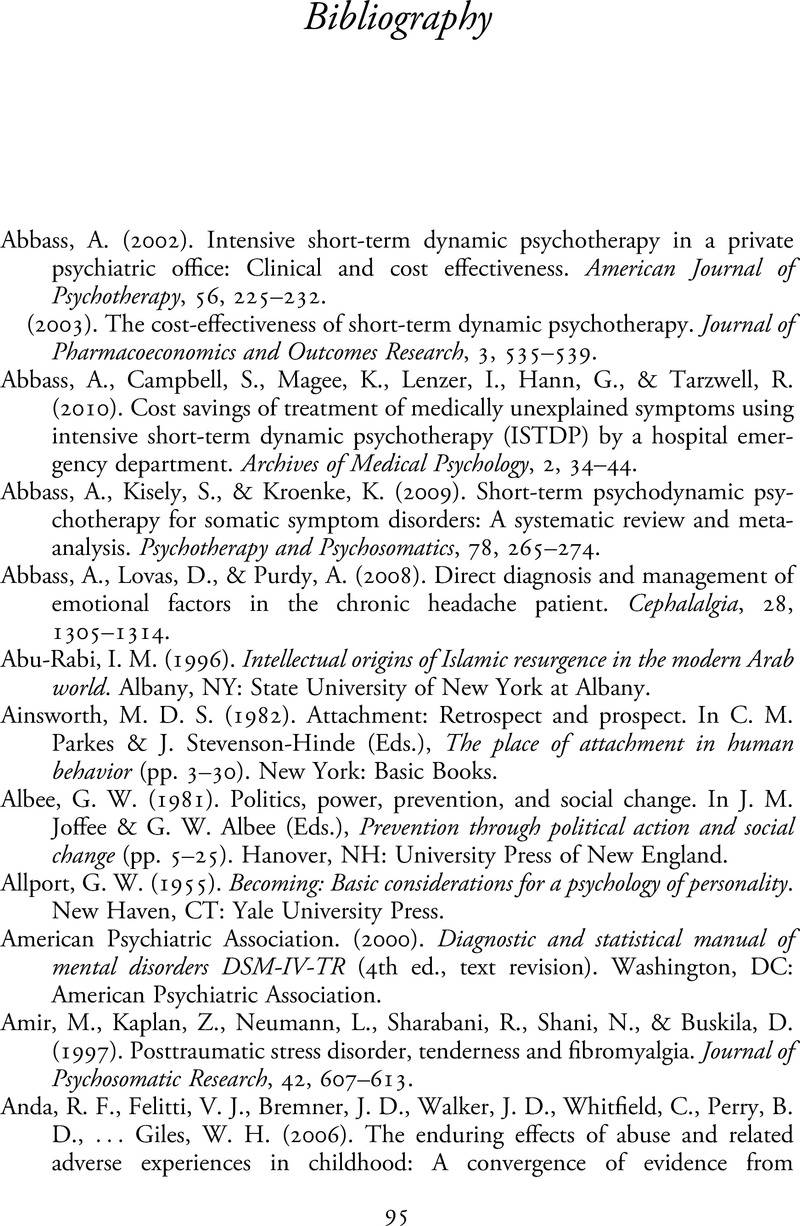Book contents
- Frontmatter
- Contents
- Introduction
- Chapter 1 Peace
- Chapter 2 The Western Approach toward Inner Peace
- Chapter 3 Psychology of Peace in the Outer World
- Chapter 4 Langerian Mindfulness and Peace
- Chapter 5 Psychological Peace Finders
- Chapter 6 Peace and Innerness
- Chapter 7 Heartfulness
- Epilogue
- Bibliography
- Index
- References
Bibliography
Published online by Cambridge University Press: 11 June 2021
- Frontmatter
- Contents
- Introduction
- Chapter 1 Peace
- Chapter 2 The Western Approach toward Inner Peace
- Chapter 3 Psychology of Peace in the Outer World
- Chapter 4 Langerian Mindfulness and Peace
- Chapter 5 Psychological Peace Finders
- Chapter 6 Peace and Innerness
- Chapter 7 Heartfulness
- Epilogue
- Bibliography
- Index
- References
Summary

- Type
- Chapter
- Information
- The Psychology of Inner PeaceDiscovering Heartfulness, pp. 95 - 115Publisher: Cambridge University PressPrint publication year: 2021



